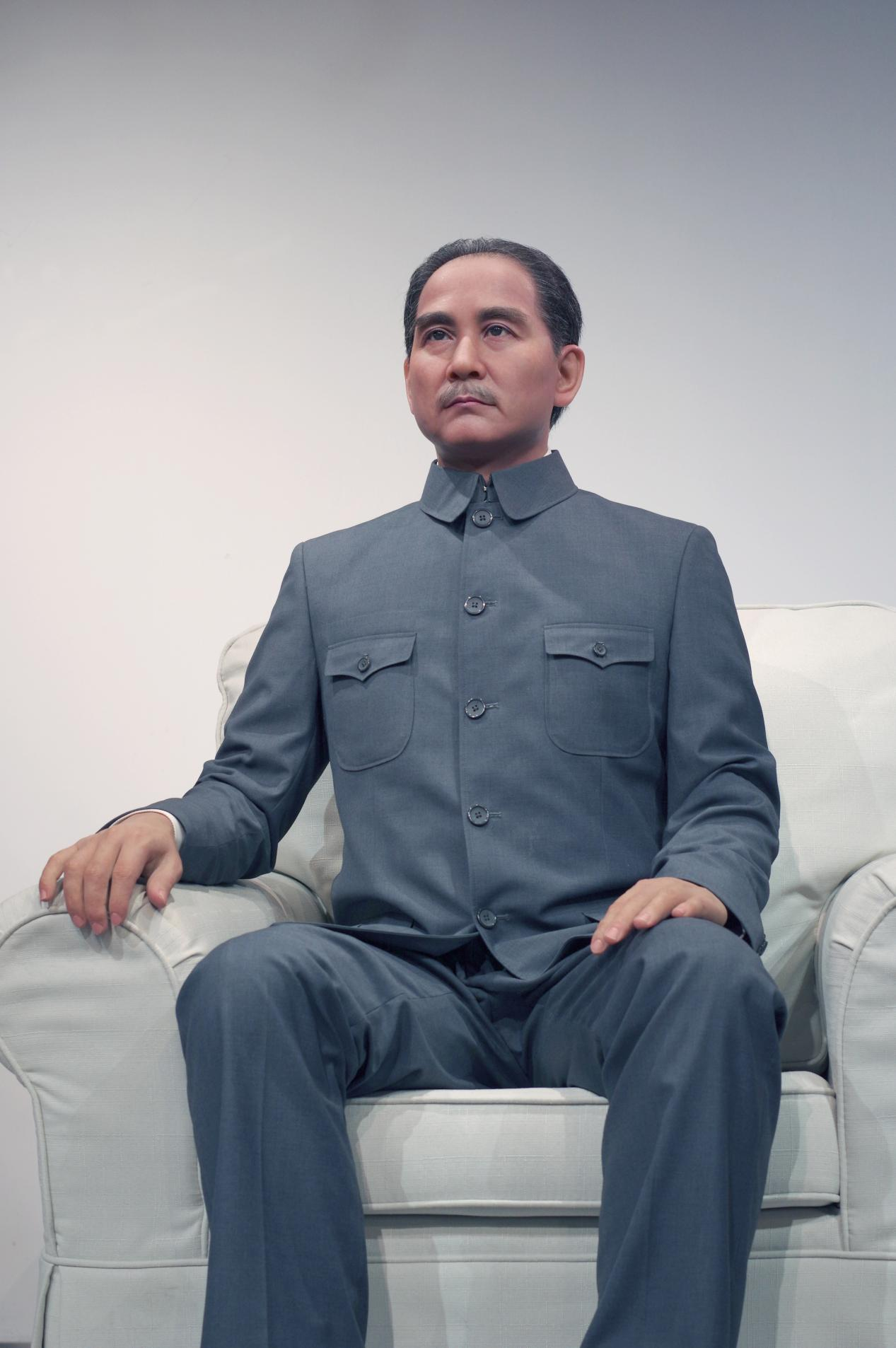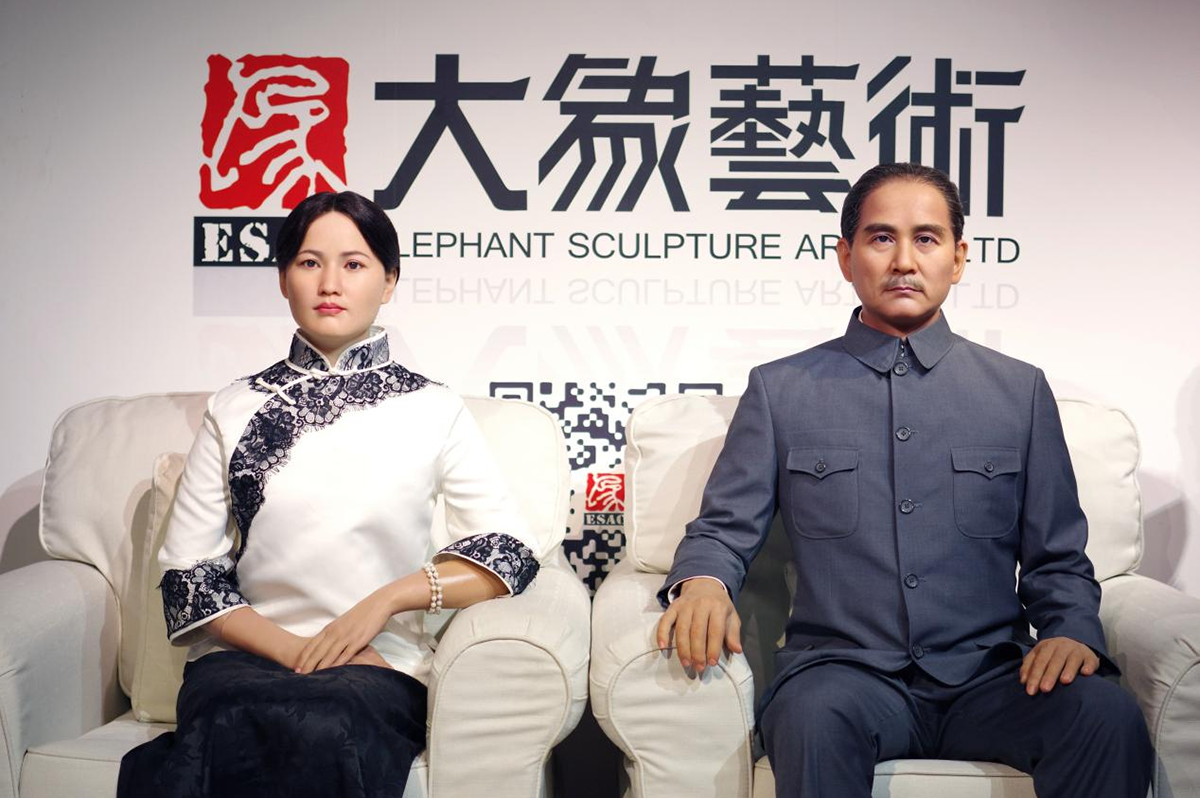信息详情
Sun Yat-sen
National hero, great pioneer of China's democratic revolution

·Founded the Xingzhong Association and the China Alliance
·Establish a republic and establish the Chinese Kuomintang
·Founded the Republic of China, established Whampoa Military Academy, Sun Yat-sen University
·Leading the Second Revolution and the Dharma Protection Movement
Sun Yat-sen ( 12 November 1866 – 12 March 1925), also known as Sun Yat-sun, Sun Chung-shan, Sun Yi-hsien, Sun Wen, Sun Jih-hsin, Suen Yat-sen, Suen Yat-sun, Sun Yixian and Sun Rixin, was a Chinese statesman, physician, and political philosopher, who served as the first provisional president of the Republic of China and the first leader of the Kuomintang (Nationalist Party of China). He is called the "Father of the Nation" in the Republic of China, and the "Forerunner of the Revolution" in the People's Republic of China for his instrumental role in the overthrow of the Qing dynasty during the Xinhai Revolution. Sun is unique among 20th-century Chinese leaders for being widely revered in both Mainland China and Taiwan.
Sun Yat-sen was born on November 12, 1866 in Cuiheng Village, Xiangshan County (now Zhongshan City), Guangzhou Prefecture, Guangdong Province. Sun Yat-sen originally studied medicine in Hong Kong and became a physician of Western medicine. After the Opium War, Sun Yat-sen saw that the Chinese nation was in danger of being divided up by Western powers, and decided to abandon the "medical career" and pursue "the cause of medical care". Sun Yat-sen was influenced by Zheng Guanying's reforming ideas in the early days, and later saw the corruption of the Qing government, and was determined to overthrow the Qing Dynasty and establish a democratic republic.
On November 24, 1894, Sun Yat-sen founded the Xingzhong Association in Honolulu. In 1905 (the thirty-first year of Guangxu), the China Alliance was established. On October 10, 1911 (the third year of Xuantong), the revolutionaries in the new army secretly contacted and decided to revolt that night. After the Revolution of 1911, he was elected as the provisional president of the Republic of China (term January 1, 1912 - April 1, 1912). On March 12, 1925, Sun Yat-sen died of cancer in Beijing. On June 1, 1929, according to his last wishes, he was buried in the Sun Yat-sen Mausoleum in Zijin Mountain, Nanjing. In 1940, the Nationalist government issued a decree to the whole country, calling him the "Father of the Republic of China".

Sun Yat-sen wrote "Strategy for National Founding", "Outline of National Founding", "Three Principles of the People" and so on. After his death, his works have been published many times, including the eleven volumes of Sun Yat-sen's Complete Works published by Zhonghua Book Company in 1986, and the Complete Works of Sun Yat-sen published in Taipei in 1969, 1973, and 1985.
Curtain opens , Our story begins
特邀媒体





